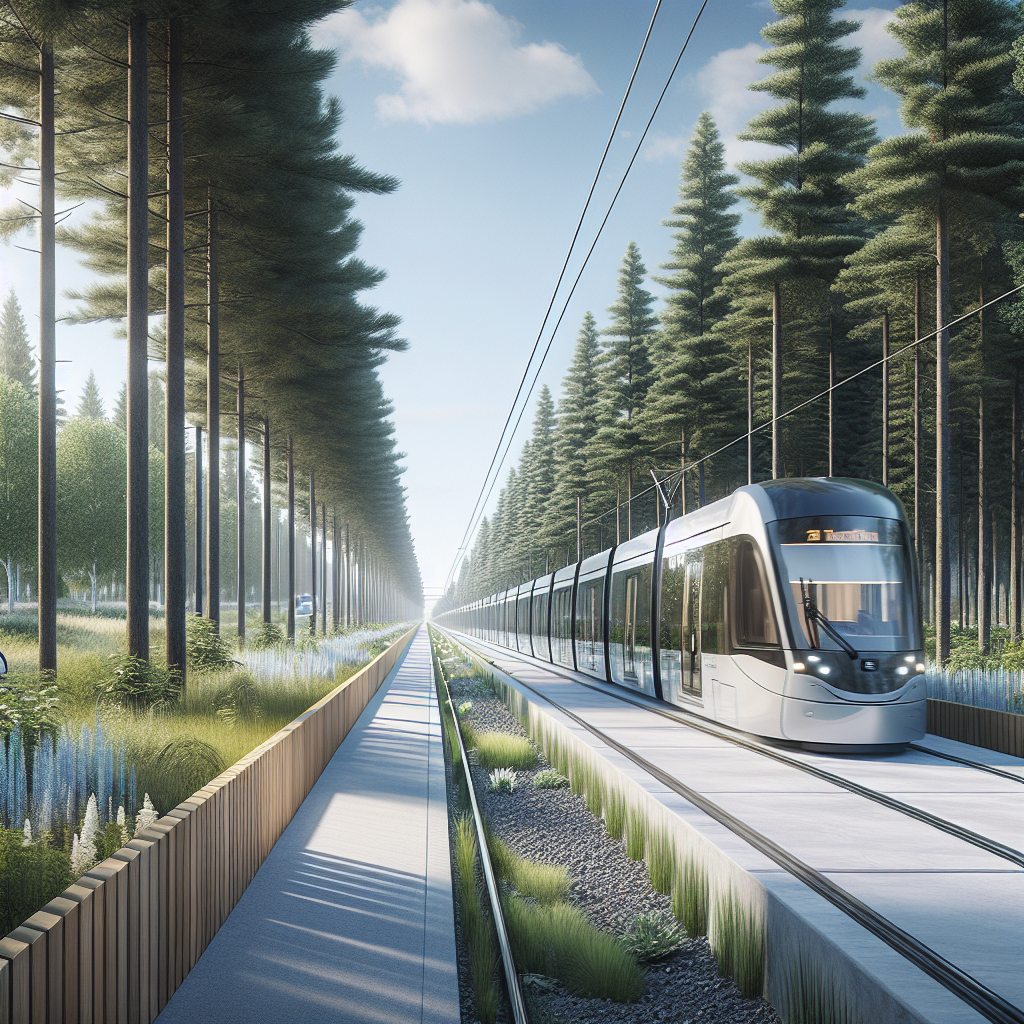Have you ever glided past a steel serpent and felt the heartbeat of a city? The Hiawatha LRT Trail in Minneapolis offers exactly that. Born alongside Metro's Blue Line, this slice of infrastructure came into existence in the early 2000s, snaking from downtown Minneapolis to the charming neighborhood of Nokomis. Bustling with life, it attracts cyclists, joggers, and leisurely walkers, all of whom share this green corridor running parallel to the humming tracks.
It's more than just a path; it’s a glide through the urban flesh of Minneapolis. The trail serves as both a functional transit alternative and a recreational delight. With U.S. cities often critiqued for their car-heavy layouts, the Hiawatha LRT Trail is a breath of fresh air, embodying a sustainable urban development that feels responsive to both ecological needs and lifestyle choices.
Yet, progress isn't without its critics. There are voices concerned with how parts of the trail disrupt the coherent urban fabric for older neighborhoods. Some argue that gentrification follows the path of this iron vein. As the line weaves through evolving communities, there's a palpable tension between old and new, tradition and innovation.
Voices from these communities express both hope and concern. While the trail encourages an eco-friendly lifestyle, there's fear that long-standing residents might be priced out. The colorful murals and community gardens alongside tell stories of resistance and hope—a pushback against blind gentrification.
The design of the trail cleverly respects its natural surroundings. With conscientious urban planning, it minimizes environmental disruption. Greenways and restoration projects flanking the trail lend it a naturally organic feel. In spots, the trail almost whispers a promise of harmony between human ambition and nature’s tranquility.
Young people, and the wider community, embrace this urban voyage. The resolve to walk or bike instead of drive is a nod to sustainability. Gen Z, in particular, often characterized by an aversion to car ownership, find liberation here. It’s an uncomplicated reminder of how sustainable choices can seamlessly integrate into everyday life. It’s a tonic that invites everyone to keep their footprints light while ticking every box of the city's practical needs.
Lest we forget, there’s also the simpler delight of stumbling across unexpected art installations or bumping into spontaneous jam sessions. These quirky moments electrify routine journeys, making what could be mundane, memorable. The trail becomes more than a shortcut; it’s a mild adventure.
The Hiawatha LRT Trail signifies a broader movement that reflects urban transportation trends globally. As climate change challenges grow louder, so too does our need to innovate how we navigate urban landscapes. By valuing trails like Hiawatha, we acknowledge the need for smart, pedestrian-friendly city planning. These spaces not only underline eco-responsibility but also showcase architecture’s potential to enhance personal and community well-being.
The trail’s genius isn’t only in its construction but its call to action—it’s a vivid illustration of what progressive transportation can look like. As people of all demographics take to it, they transform it into a living dialogue of accessibility and choice, where wheels or feet triumph over personal vehicles.
Despite efforts to modernize, concerns around security and maintenance remind us of necessary vigilance in public infrastructure. Community boards have arisen, seeking equitable solutions to emerging issues while promoting safety and inclusivity.
The sentiment around the trail is largely positive. It embodies an enlightened approach, embracing the future without eclipsing the past. It stands as a model of what commitment to alternative transit strategies can bring to a city striving to live sustainably while embracing diversity.
The Hiawatha LRT Trail paints a moving portrait of urban Minneapolis. It's a mosaic that pulses with energy and vibrates with possibility. For those yet to experience its beat, the journey resonates—a call to reshape how we envisage transit, community, and choice. Move over conventional travel; here, the steps and cycles lead the charge.

